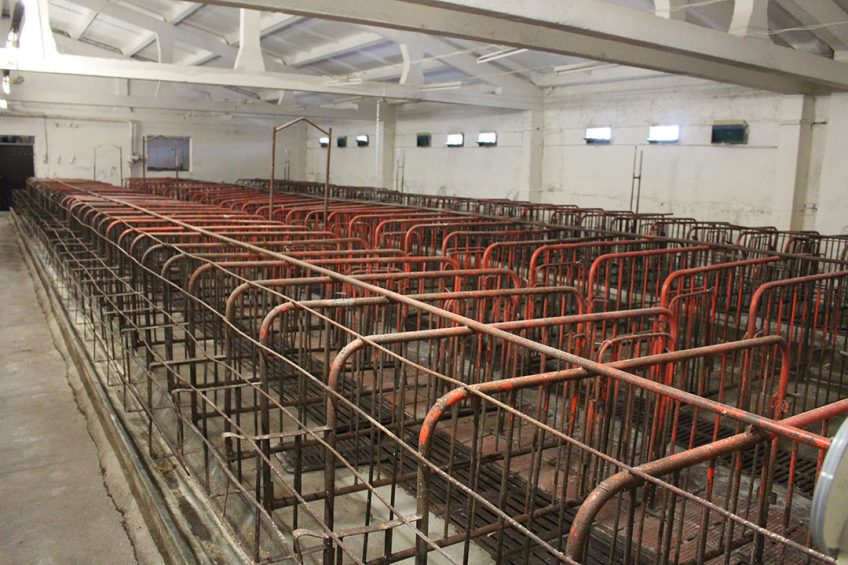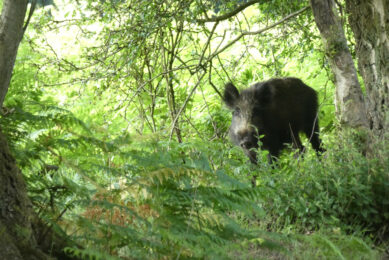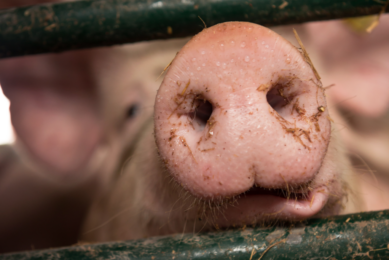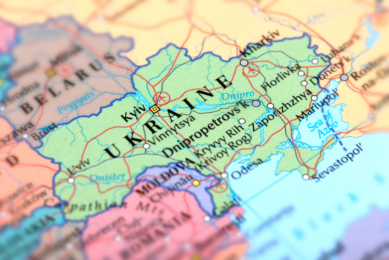Pig welfare in a time of crisis

The recent outbreaks of African Swine Fever in Europe and Asia sometimes have far-reaching consequences, of having to depopulate entire farms. It is vital that the process is carried out with a keen eye in order to minimise stress or pain for the animals, writes pig welfare expert Dr Monique Pairis-Garcia.
African Swine Fever has continued to maintain its relevancy in the start of the New Year. With the most recent outbreaks reported in Mongolia and Gansu province of China, our vigilance remains heightened as the concern for continued spreading remains. Apart from the concerns on how this disease will impact economics and trade on the international level, understanding the impact of foreign animal diseases on pig welfare is extremely important.
Large-scale eradication is challenging
Large-scale eradication of any species is logistically and emotionally challenging. Depopulation of livestock species occurs most commonly as a means to minimise the spread of a disease by controlling or eradicating the population affected. Unlike euthanasia, which is defined by the American Veterinary Medical Association as ending the life of an animal in a way that minimises or eliminates pain and distress.
Depopulation includes destroying animals in a quick and efficient manner while taking into account the welfare of these animals as much as possible. Animal welfare at the time of depopulation may be compromised when the resources available and urgency of the situation fails to allow the producer to implement the most humane method of euthanasia possible.
What to consider when working in ASF areas?
Given the circumstances that surround us in the face of ASF, the following points originating from the World Organization for Animal Health Terrestrial Animal Health Code should be considered for all that work directly with pigs in areas that are or may be infected with ASF.
- The depopulation technique utilised should be effective for the species and age of the pig. Euthanising mature boars and sows can be difficult given skull shape and thickness. When utilising firearms or captive bolt guns, Ensuring appropriate firearm type and cartridge load is critical;
- Methods should be used that result in immediate death or loss of consciousness;
- Personnel implementing depopulation should have the skills and experience to do so effectively;
- Distress and suffering should be minimised prior to loss of consciousness. This includes minimising the amount of handling and restraint required to implement the euthanasia technique;
- Infected animals should be killed first, followed by animals within contact and those remaining on the site;
- The psychological and emotional impact of depopulation by those performing the act and owners of animals must be addressed.

Read more on pig welfare or other expert opinions
Ensuring an appropriate method for depopulation
Although no one wants to have this happen to his or her site, ensuring an appropriate method for depopulation that takes into account the welfare of the animal is important. It is often a failure in preparation and lack of resources that result in the implementation of inappropriate methods for depopulation.
It is our ethical responsibility as caretakers and members of the swine industry that we ensure good individual welfare in the situations in which we are in control. Identifying and preparing for the worst case scenario will not only allow us to better minimise risk and decrease disease risk, but maintain the integrity of ensuring the welfare of our animal remains a priority regardless of the scenario placed before us.











